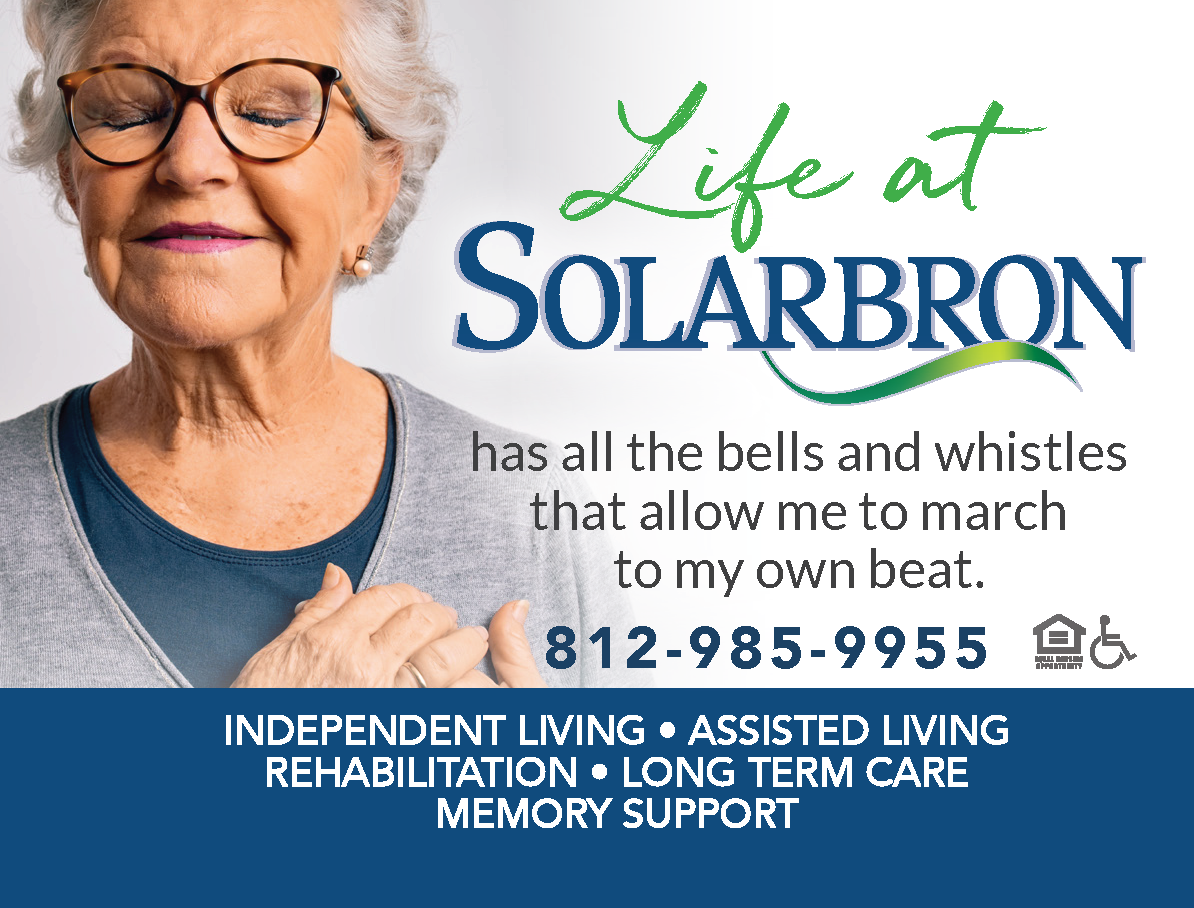By Dr. William Smith
Family Medicine Physician
Deaconess Clinic
Deaconess Health Systems
Now that you’ve heard Donna’s story, you probably have many questions. I’ll do my best to explain what you should know about shingles and the shingles vaccine.
What is shingles?
Shingles (herpes zoster) is a painful, blistering skin rash. It is caused by the varicella-zoster virus, which is the virus that also causes chickenpox.
Shingles is actually a result of chickenpox. After you have chickenpox, the virus remains inactive in certain nerves in the body for the rest of your life. Shingles occurs after the virus becomes active again in these nerves. The reason the virus suddenly becomes active again is not clear. However, it is often related to stress or some illness that weakens the immune system.
Shingles can develop in any age group; however, you are more likely to develop the condition if:
• You are older than 60
• You had chickenpox before age one
• Your immune system is weakened by medications or disease
Interestingly, if an adult or child has direct contact with the shingles rash and did not have chickenpox as a child or the chickenpox vaccine, they can develop chickenpox, not shingles.
Shingles Symptoms
Typical first symptom of shingles is usually pain, tingling, or burning that occurs on one side of the body. The pain and burning may be severe and are usually present before any rash appears.
Red patches on the skin, followed by small blisters, form in most people. The blisters break, forming small sores that begin to dry and form crusts. The crusts fall off in two to three weeks. Scarring is rare.
The rash usually involves a narrow area from the spine around to the front of the abdomen or chest. The torso—wrapping from back to front–is the most common area for shingles, but the rash may involve the face, eyes, mouth, and ears, or as in Donna’s case, the hand. Having shingles in areas with more nerve endings, such as the hand or face, may cause the outbreak to be even more painful.
Other symptoms may include:
• Fever and chills
• General ill feeling
• Headache
• Joint pain
• Swollen glands (lymph nodes)
You may also have pain, muscle weakness, and a rash involving different parts of your face if shingles affects a nerve in your face. The symptoms may include:
• Difficulty moving some of the muscles in the face
• Drooping eyelid (ptosis)
• Hearing loss
• Loss of eye motion
• Taste problems
• Vision problems
If shingles affects the face, it is considered a medical emergency. Someone who believes they’re breaking out in shingles on their face should call their doctor immediately, and if on a night or weekend, go to the emergency room.
Treating Shingles
Your health care provider can make a diagnosis of shingles by looking at your skin and asking about your medical history. If we see the typical rash and learn that you’ve had chicken pox in the past, we know it is shingles.
Tests are rarely necessary, but may include taking a skin sample to see if the skin is infected with the virus. Blood tests may show an increase in white blood cells and antibodies to the chickenpox virus.
Treating shingles is a bit more complicated than diagnosing it. Your doctor may prescribe a medicine that fights the virus, called an antiviral drug. This drug helps reduce pain, prevent complications, and shorten the course of the disease.
Medicines should be started within 72-hours of when you first feel pain or burning. It is best to start medication before the blisters appear. The medication is usually given in pill form, unless you are hospitalized due to having a large area of the body being affected by shingles, or if shingles is on your face; in this case, I.V. medications are often appropriate.
Strong anti-inflammatory medicines called corticosteroids, such as prednisone, may be used to reduce swelling and pain. These medicines do not work in all patients.
Other medicines may include:
• Antihistamines to reduce itching (taken by mouth or applied to the skin)
• Pain medicines
• Zostrix, a cream containing capsaicin (an extract of pepper) to reduce pain
Home care could include:
• Caring for your skin by applying cool, wet compresses to reduce pain, and taking soothing baths. (Although some patients report that heat seems to help.)
• Resting in bed until the fever (if present) goes down.
Stay away from people while your sores are oozing to avoid infecting those who have never had chickenpox — especially pregnant women, or young children who haven’t yet been vaccinated for chicken pox.
Prognosis
Shingles usually clears in two to three weeks. If the virus affects the nerves that control movement (the motor nerves), you may have temporary or permanent weakness or paralysis.
Sometimes the pain in the area where the shingles occurred may last from months to years. This pain is called post-herpetic neuralgia. It occurs when the nerves have been damaged after an outbreak of shingles. Pain ranges from mild to very severe. Post-herpetic neuralgia is more likely to occur in persons over age 60.
Other complications of shingles may include:
• Another attack of shingles. Unfortunately, shingles can reoccur–once or many times.
• Bacterial skin infections can occur in the open skin lesions.
• Blindness if shingles occurs in the eye.
• Deafness if shingles affects the nerves of the face/ear.
• Infection, including encephalitis or sepsis (blood infection) in persons with a weakened immune system.
Shingles Vaccine
The shingles vaccine, called Zostavax, has been in existence for seven years. Currently, only about 16% of people who should receive the vaccine have actually done so.
Who should have the vaccine?
• It was originally recommended for anyone 60 and older, with no upper age limit.
• Since 2011, the FDA has approved the vaccine for ages 50 and above. (Although the CDC still says 60 and above.)
• If you’ve had shingles, you are prone to developing shingles again. So anyone who has had shingles is likely a candidate for the vaccine to prevent a recurrence.
Who shouldn’t have the vaccine?
• Immunocompromised patients, such as those undergoing chemotherapy for cancer.
• Anyone who has allergies to the substances in the vaccine (which your doctor could advise you of).
• No pregnant woman should get this vaccine (or chickenpox vaccine).
Cost/Insurance Coverage for the Shingles Vaccine
The cost and insurance coverage for the vaccine is something that concerns many of my patients. Anyone over the age of 65 who is on Medicare can get the shot by prescription from their doctor and have it covered by their Medicare Part D.
As of June 2013, 100% of Medicare Part D plans have Zostavax on formulary, which means it is a covered benefit. Each plan may have a different co-pay, deductible, etc., so each patient should check with their Part D insurance plan.
Anyone under 65 may have coverage through their employer’s insurance, and should check. The shot can often be obtained at your doctor’s office (I have it here in my office, and can give it during an office visit). The shot is also available at many community pharmacies, but you must have a prescription from your doctor.
For those who don’t have coverage, you can still get the shot by prescription, but you may have to pay out of pocket for it. Patients who are considering the vaccine should talk to their primary care doctor. If they’re a good candidate for the vaccine, their doctor will either give them the shot or write a prescription for it.
Shingles and Infants
I also want to mention something to all you grandparents and grandparents-to-be out there. If you have a shingles outbreak, you MUST avoid contact with pregnant women (or even women of child bearing age). You must also avoid babies until they get their chicken pox vaccine around age one.
For a new grandparent to have a shingles outbreak and not be able to see their new grandchild for weeks or even a couple of months would be really terrible—but it’s avoidable by having the shingles vaccine.
Pain from Shingles
I want to tell patients who may have shingles about what to do for pain, as shingles can lead to post-herpetic neuralgia. An early referral (within the first week of a shingles outbreak) to the Deaconess Comprehensive Pain Center can make a big difference in short-term and long-term pain.
Various procedures can be done depending on where the shingles appear. Various steroid and anesthesia injections can be done, as well as nerve blocks. A shingles case is considered urgent at Deaconess Comprehensive Pain Center, and patients are worked in as quickly as possible. So if you think you have shingles, contact your doctor and discuss a referral.
In conclusion, please remember that while shingles is very common, it is also quite preventable via the vaccine. If you’re concerned about shingles, please talk to your primary care doctor.










